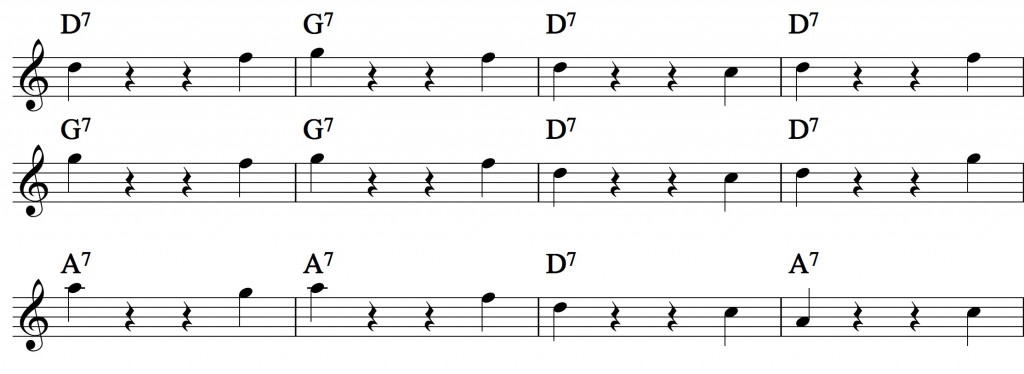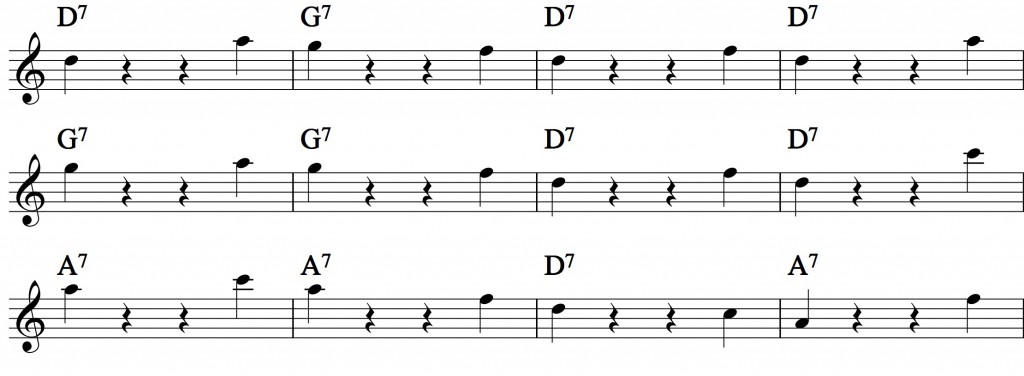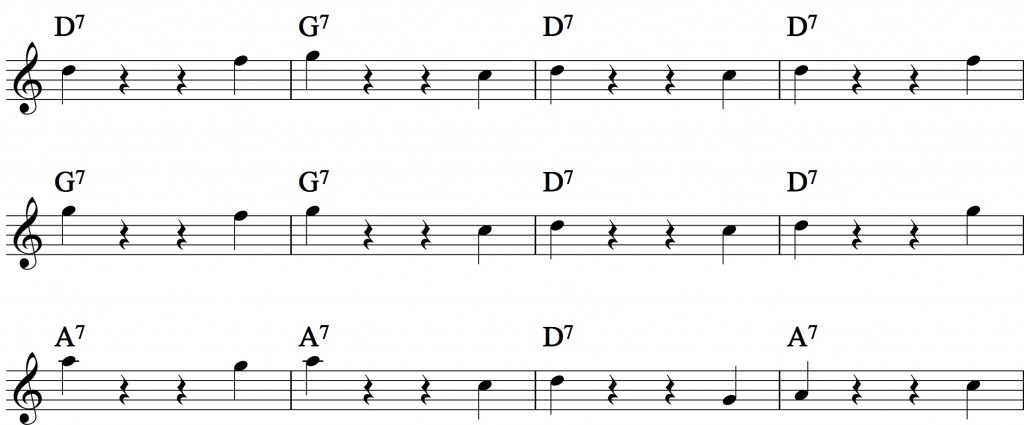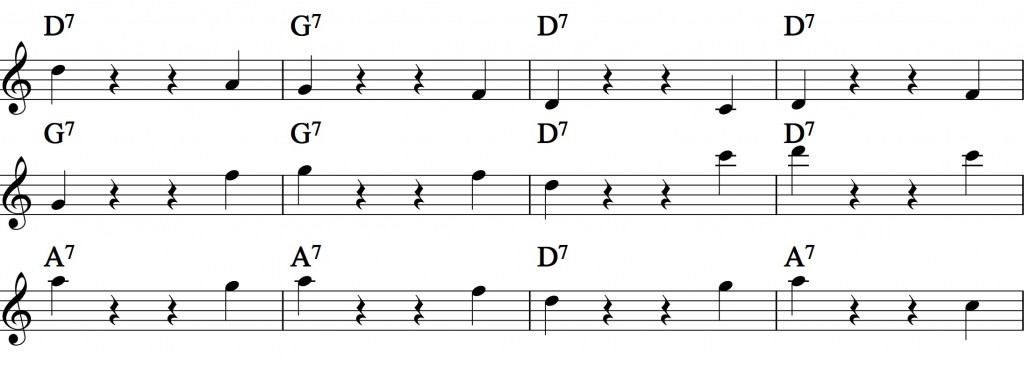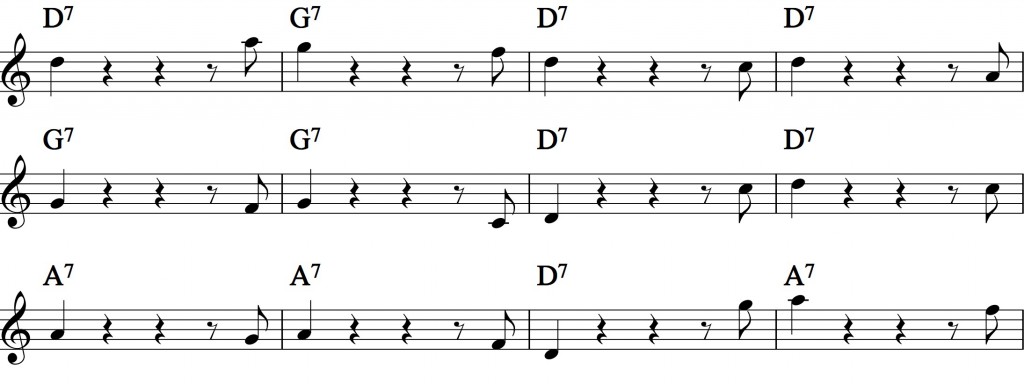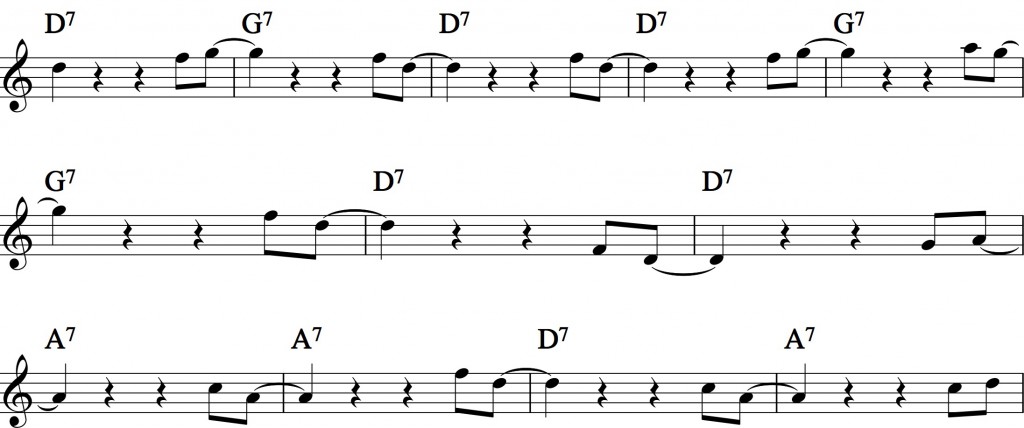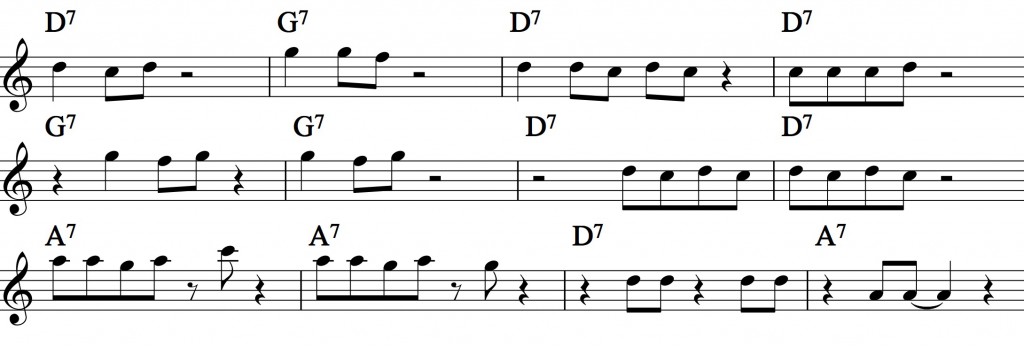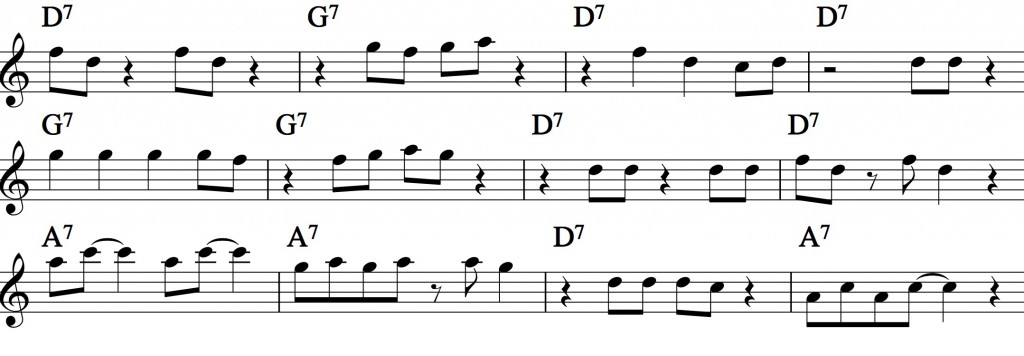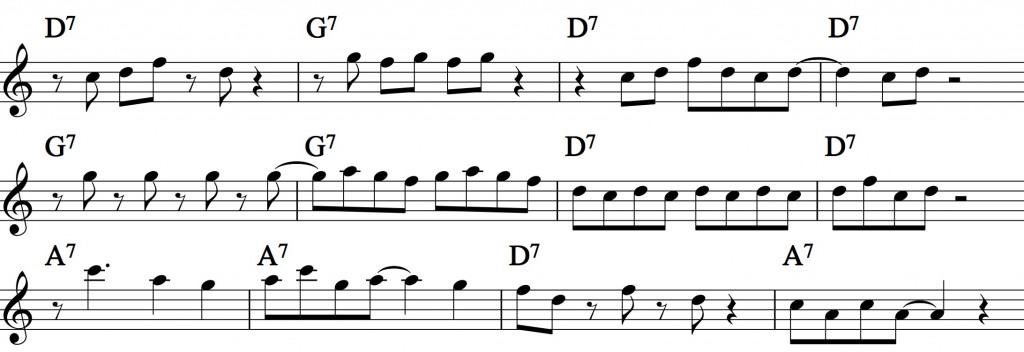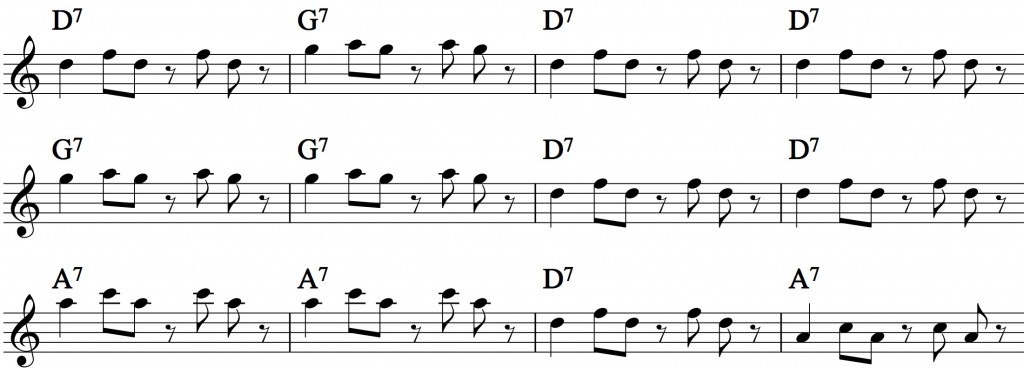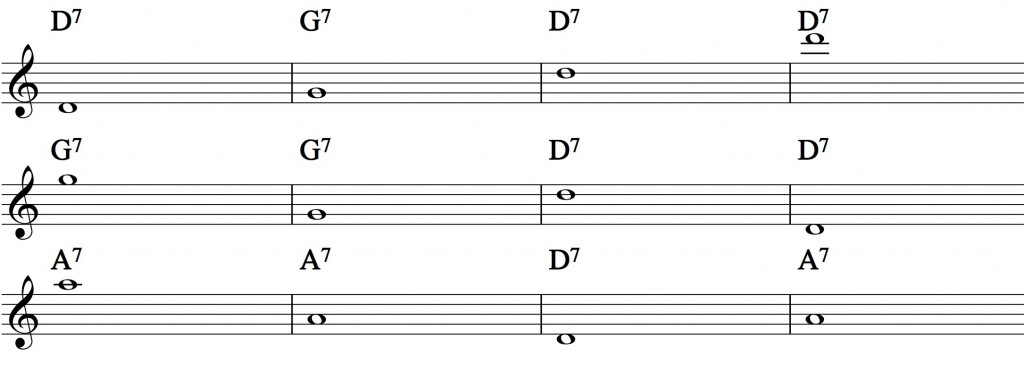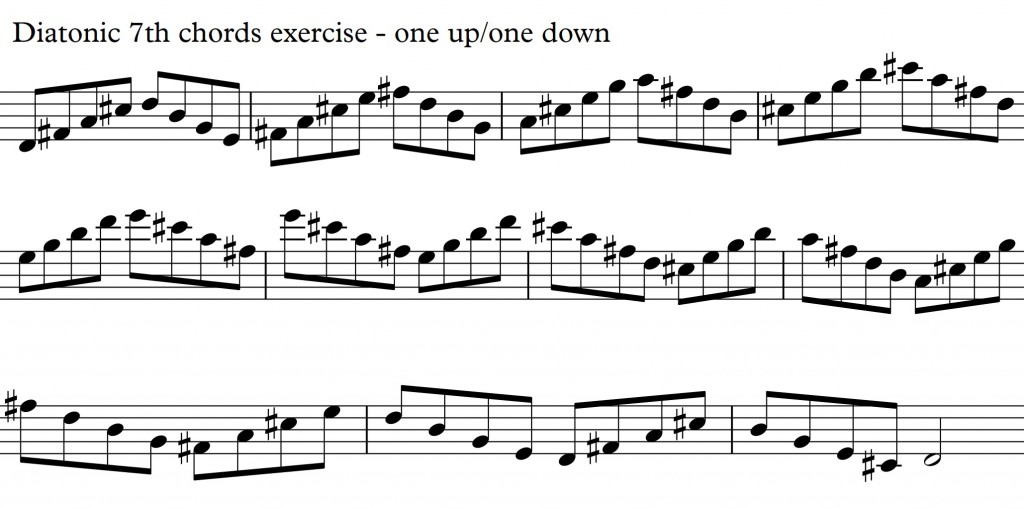BUYING A SAXOPHONE – DO NOT MAKE THESE MISTAKES
How to check out a saxophone for great, equal sound and smooth mechanics
There is a lot of trade in saxophones. Sometimes you want to trade up and get a better instrument. The reasons can be many.
The most important thing when you buy an instrument is that you are happy with your purchase, that you are stepping in the direction that you want – technical, sound wise and ability to grow.
In this video I will go through how to check a horn – the do’s and don’ts
In this tutorial
Why do you want a new saxophone?
The urge to get another instrument
You do not want…
What do you need to check on a saxophone
Sound check
Technical check
Price check
Get the full transcription of the lesson:
https://www.patreon.com/posts/46485991
Get more value from the Youtube lessons by supporting me:
https://www.patreon.com/sorenballegaardsaxophonelessons
Get the free E-book material on saxophone practice – sign up for my newsletter: https://bit.ly/subscribetomynewslettersorenballegaardsaxophonelessons
Video links:
Full lesson transcription – Buying a saxophone
Patreon:
https://www.patreon.com/posts/46485991
Shop:
https://sorenballegaard.dk/product/buying-a-saxophone/
Overtones
https://youtu.be/7AchOxuiDcE
Sound is everything
https://youtu.be/q9htAAR3SLk
You should always improve your sound
https://youtu.be/Y5rd49zooJ4
Subscribe for more free saxophone videos and lessons: https://www.youtube.com/c/SørenBallegaard
Lesson tutorials and live online lessons – check my shop:
https://sorenballegaard.dk/shop
Contact me for video exchange lessons or live online lessons
https://sorenballegaard.dk/saxophonelessons/
Facebook: https://www.facebook.com/groups/sorenballegaardsaxophonelessons
Instagram: https://www.instagram.com/sorenballegaard
Website: https://sorenballegaard.dk
Twitter: https://twitter.com/SorenBallegaard
My setup:
Video camera: https://amzn.to/2S7hrUv
Web-cam: https://amzn.to/3cf71cb
Music notation software – https://amzn.to/3gHW1ag
2x computer monitor – https://amzn.to/3gIclIm
Mini keyboard for music notation – https://amzn.to/3sVufcWTenor saxophone: Selmer MKVI 82xxx
Mouthpiece is an old Otto Link Babbit – refaced from opening 6 to opening 8/8,5
Alto – The Martin Alto
Soprano – Yanagisawa Elimona
Tenor reeds – https://amzn.to/2Qrk8zz
Alto reeds –https://amzn.to/2Pwv8Lu
Soprano reeds – https://amzn.to/3vnHfJS
Saxophone strap – https://amzn.to/3sV20Lt
Alto mouthpiece – https://amzn.to/3sZvdF0
Soprano mouthpiece – https://amzn.to/2R6mvI0
Alto Ligature – https://amzn.to/3xvCn7E
Tenor Saxophone Case – https://amzn.to/32SD1xG
Alto Saxophone Case – https://amzn.to/3aIqxgu








